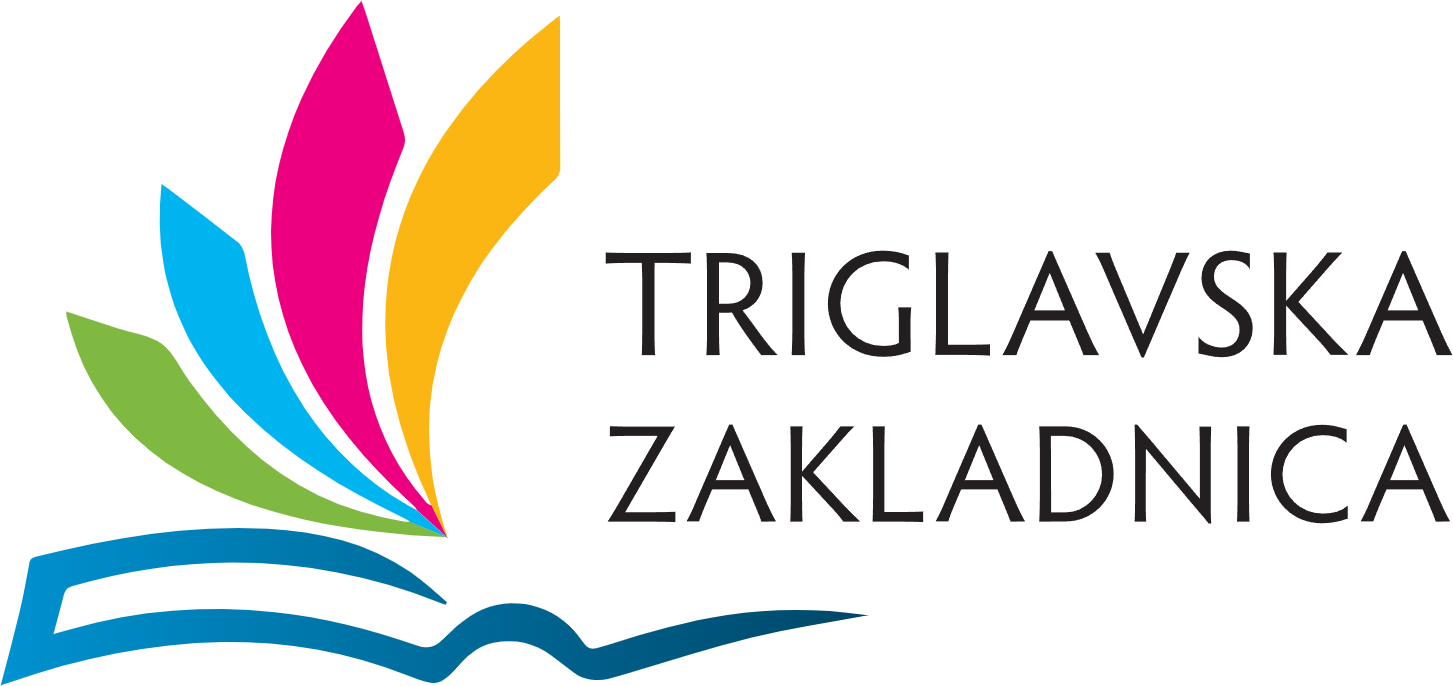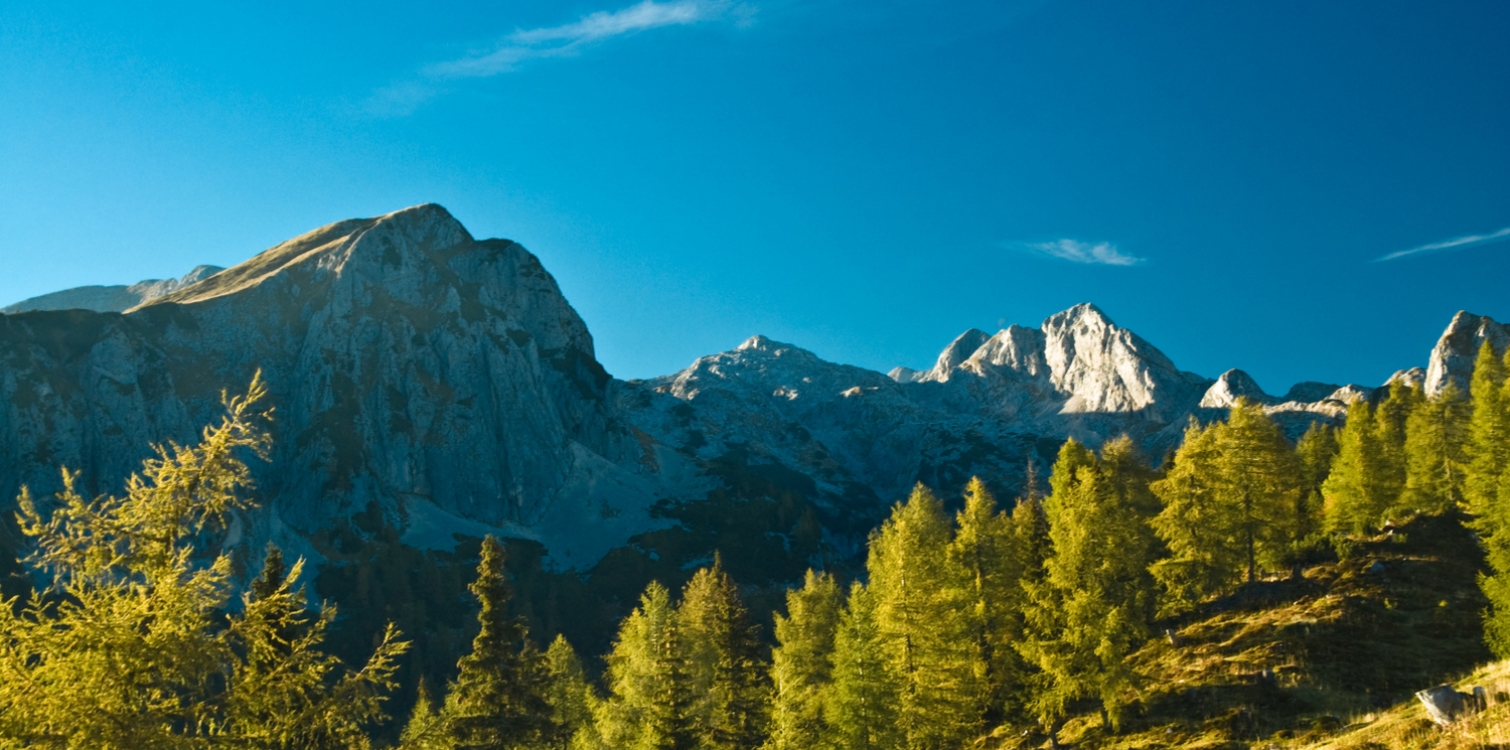The Biosphere Reserve of the Julian Alps covers nearly 200,000 hectares. This is almost one-tenth of Slovenia's territory, extending over 10 Slovenian municipalities: Bled, Bohinj, Bovec, Gorje, Jesenice, Kobarid, Kranjska Gora, Radovljica, Tolmin, and Žirovnica.
The central and peripheral parts of the area include Triglav National Park, while the transitional zone covers the wider Julian Alps area.
The Julian Alps are home to many animal and plant species. The purpose of the biosphere reserve is to harmonize the protection of natural and cultural heritage with sustainable resource use across all economic sectors, including agriculture, forestry, fishing, cheese-making, tourism, and the management of water and other natural resources.
Did you know that over 650,000 people visit the natural and cultural gems of northwestern Slovenia every year? Tourism is one of the key economic sectors in this area. Since a large part of the region is legally protected (Triglav National Park), managing visitor movement poses a significant challenge. Therefore, there is a focus on implementing sustainable development in tourism, agriculture, and mobility.
Thank you.

